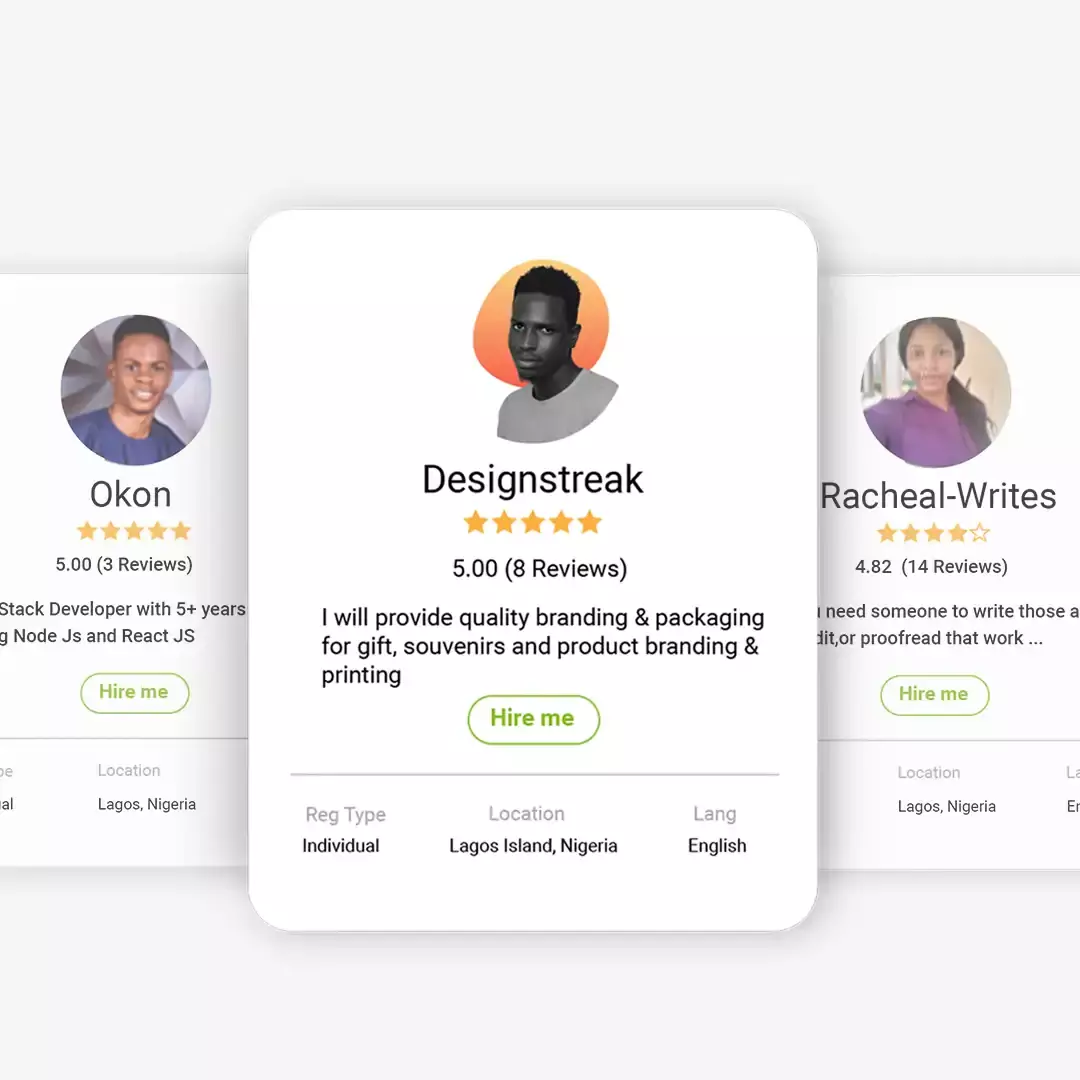Making sure you’re doing everything you can to expand and enhance your business is crucial if you’re a business owner. Utilizing search engine optimization (SEO) strategies is one way to achieve this. More visitors will see your website and may be interested in what you have to offer if SEO helps it rank higher in search engine results pages.
Building a business is difficult and labor-intensive, especially when it comes to expansion. It includes keeping an eye on how your company runs, managing your finances and organizational structure, and promoting your brand, services, or items that will turn leads into sales.
Just having an online presence is insufficient. When there is a market as large as the internet, you cannot wait for people to discover it. You must work to make them notice it. This is where SEO is useful.
What is SEO?
Search engine optimization (SEO) is a procedure that makes it possible for search engines to find your website. It can assist your website achieve high rankings in search engine results and organically expand your internet presence.
Through the use of keywords and phrases associated with your company, goods, or services, SEO can assist in making your website stand out among a sea of rival websites. It is a method that is seen to be a crucial instrument for increasing the online visibility of your company. Even while this approach isn’t particularly simple, it’s one of the most useful techniques available right now.
1. Use the right keywords
Consider the terms that your customers might use to find your goods or services online. Are your consumers more inclined to use a professional phrase like refrigerator or a slang word like fridge if you offer appliances, for instance?
After compiling a list of 20 to 50 keywords, visit Google AdWords. If you haven’t already done so, you can verify that the keywords you selected are frequently used in online searches once you’ve created an account.
To add to your list of potential keywords, you may also use the Keyword Tool feature in Google AdWords.
Use your keywords on each page of your website to help them rank better in searches made by potential customers.
Start by including keywords in the URL, which is the address that appears in the browser for each page of your website. Include them in your metadata descriptions and titles as well (the brief text that tells search engines what your content is about).
2. Make use of backlinks
The cornerstone of SEO are backlinks, or links pointing to your website from other websites. A website will never appear on Google’s front page without at least a few backlinks.
Backlinks from other websites are what generates organic referral traffic. Additionally, it enhances your reputation and credibility on Google.
Backlinks are highly valued by Google’s algorithm because they demonstrate to the search engine that your material has been endorsed by other websites in the eyes of the general audience.
So how can you increase your backlink count?
Directories; Include your website in business directories like Yelp and Google My Business. In every directory pertaining to your sector, you should have profiles with connections to your website!
Guest posting; Look for blogs that allow guest posting. Send them an email, create a thought-provoking post, and don’t forget to include a few links to your website.
Community involvement; When you can do so in a pertinent and intelligent manner, leave comments on blogs and social media and drop links that lead to your site.
3. Make easy-to-read content
Nobody likes reading difficult or dull material. The use of the passive voice should be avoided wherever possible as a good first step in avoiding both. Your paragraphs and parts should be broken up into short, simple sentences that are easy to grasp. When possible, utilize bullets to organize your writing, and when appropriate, bold and italicize your text. Readable posts will increase the number of returning visitors and the conversion rate.
4. Refine technical SEO on your site
The back end of your website is the subject of technical SEO. These elements may not be immediately apparent to users, yet they are essential for SEO. Making sure search engines can crawl and index your content is one component of technical SEO.
Verify that your robots.txt file or other methods are not unintentionally preventing search engine crawlers from seeing your website. Make an XML sitemap as well, which is a list of your website’s pages that search engine bots can use to navigate your site. Site security, URL structure, and duplicate content are further technical SEO considerations.
In certain cases, technical SEO also includes things like page speed and mobile friendliness.
5. Work to perfect your metadata
Metadata is similar to the façade of your office. The first thing a Google user will see is the meta title. They will then probably see your meta description.
How well a potential customer responds to your metadata will determine whether or not they click on the link to your website.
The software behind Google continuously parses through webpages to understand the content before matching it to users’ search requests. You can draw attention to the significance of your business by using relevant keywords in your metadata.
6. Use pictures and videos
Visual media is a crucial tool because it may help to improve searchable content even more. Written content allows you to incorporate pertinent keywords that help boost search engine ranking. Users find visually stimulating media interesting, and it also significantly affects marketing initiatives. However, any used picture or video must be pertinent to the information on the page.
7. Ensure that your website is user friendly
Having a simple, intuitive website is important. Make sure your identity and what you have to offer are crystal clear to visitors. Increase readability by using numerous headers and including your keywords in the headings. Search engines will notice headings and you will rank higher as a result.
For SEO, site speed is equally crucial. The last thing you want to do is make your website slow and irritate your users. The last thing you should do is make sure your website is mobile-friendly. Nowadays, search engines penalize websites that are difficult to view on a smartphone.
Bottom Line
SEO is a difficult process. It’s not as easy as putting up your website or pressing a button. It calls for more. Your website should always be optimized and marketed.
You will need to put in effort, patience, and hard work to improve your SEO. Even while you might not see results right away, if done correctly, it will work wonders for your website and your long-lasting brand.
Also Read: 7 advantages of being a freelancer





